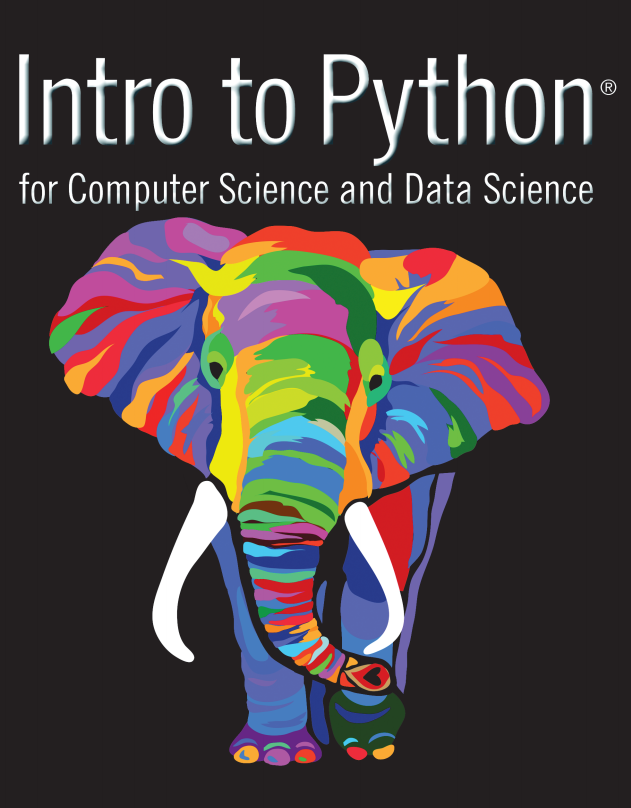
资料内容:
Modular Architecture
We anticipate that the computer science undergraduate curriculum will evolve to include
a data science component—this book is designed to facilitate that and to meet the needs
of introductory data science courses with a Python programming component.
The book’s modular architecture (please see the Table of Contents graphic on the
book’s first page) helps us meet the diverse needs of computer science, data science and
related audiences. Instructors can adapt it conveniently to a wide range of courses offered
to students drawn from many majors.
Chapters 1–11 cover traditional introductory computer science programming topics.
Chapters 1–10 each include an optional brief Intro to Data Science section introducing
artificial intelligence, basic descriptive statistics, measures of central tendency and disper
sion, simulation, static and dynamic visualization, working with CSV files, pandas for data
exploration and data wrangling, time series and simple linear regression. These help you
prepare for the data science, AI, big data and cloud case studies in Chapters 12–17, which
present opportunities for you to use real-world datasets in complete case studies.
After covering Python Chapters 1–5 and a few key parts of Chapters 6–7, you’ll be
able to handle significant portions of the data science, AI and big data case studies in
Chapters 12–17, which are appropriate for all contemporary programming courses:
• Computer science courses will likely work through more of Chapters 1–11 and
fewer of the Intro to Data Science sections in Chapters 1–10. CS instructors will
want to cover some or all of the case-study Chapters 12–17.
• Data science courses will likely work through fewer of Chapters 1–11, most or all
of the Intro to Data Science sections in Chapters 1–10, and most or all of the
case-study Chapters 12–17.
The “Chapter Dependencies” section of this Preface will help instructors plan their syllabi
in the context of the book’s unique architecture.
Chapters 12–17 are loaded with cool, powerful, contemporary content. They present
hands-on implementation case studies on topics such as supervised machine learning, unsu
pervised machine learning, deep learning, reinforcement learning (in the exercises), natural

